USA and Canada
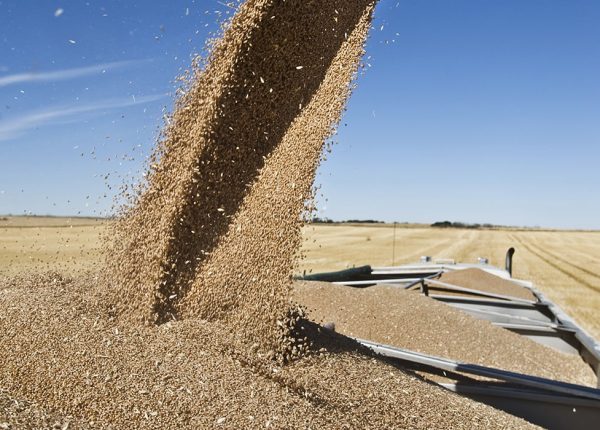
For sale: top quality Canadian wheat
Canada is assuring its global wheat customers that it has a top-notch crop to sell them this year.
“We are pleased to share that Canada has excellent quality in all wheat classes,” Dean Dias, chief executive officer of Cereals Canada said in a press release.
Over 90 percent of the Canada Western Red Spring wheat made the top two grades and protein content is higher than usual.
Eighty percent of Canada Western Amber Durum graded No. 1 and No. 2, while over 90 percent of Canada Prairie Spring Red made the top two grades. Both had good protein content.
And there will be ample supplies for customers with an estimated 34.7 million tonnes of wheat, 55 percent more than last year’s drought-reduced crop.
Corey Mamchuk of Cargill provided a market outlook for international buyers attending a Cereals Canada webinar on the new crop.
Read More…
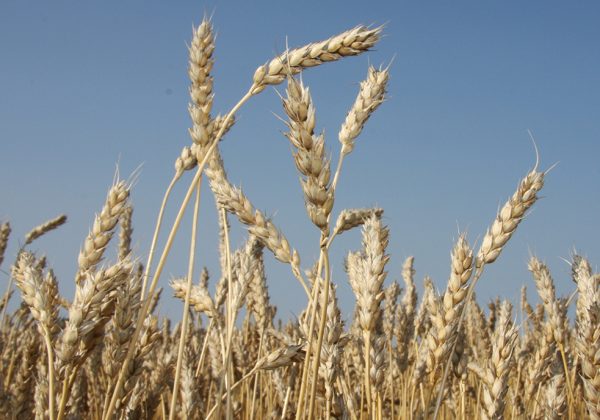
American wheat group takes Turkey to task
Turkey is not playing by the rules when producing and exporting wheat flour, according to U.S. Wheat Associates.
“Turkey maintains a web of substantial domestic support programs that incentivize the overproduction of Turkish flour, which is dumped into overseas markets below global price levels,” the group alleged in a recent blog post.
USW said the dumped flour is affecting domestic milling around the world and hurting U.S. wheat exports to the tune of US$100 to $500 million per year.
Leif Carlson, director of market intelligence and trade policy with Cereals Canada, said Canada supports USW’s position on Turkey.
“It’s important that trade conditions in wheat markets are monitored,” he said. “We support rules-based trade and it’s important to Canadian exporters that our competitors, or other exporters around the world, follow the WTO agreements they made.”
Read More…

Low Mississippi River threatens grain exports
Low water levels on the Mississippi River in the United States could have an impact on corn and other grain prices, but are unlikely to affect fertilizer deliveries into Canada, say officials.
The Mississippi River is considered low if the stage falls below five feet in Memphis, Tennessee. On Oct. 20 it hit a record low of -10.74 feet.
The stage bounced back to -0.79 feet on Nov. 18, due to rains in Kentucky and Tennessee that made their way into the river basin.
But that relief is expected to be short-lived with the long-term forecast calling for a return to -7.2 feet by Dec. 15.
The low water levels have limited both the number of barges operating on the river and the weight loaded on those barges.
The river system, which feeds ports in the Gulf of Mexico, is critically important for U.S. grain and oilseed exports.
Read More …

Plant-based potential touted
Reports of the death of the plant-based protein industry were grossly exaggerated, according to industry proponents.
Major U.S. newspapers have reported that the 10-year plant-based protein fad is over, pointing to ominous signals such as the 80 percent plunge in Beyond Meat’s share price and meat giant JBS terminating its Planterra business.
Murad Al-Katib, president of AGT Food and Ingredients, said reporters are mistakenly drawing conclusions on the long-term viability of an industry based on a “snapshot” of one segment of that industry.
“First of all, there was never a fad here,” he told delegates attending the Plant Forward conference hosted by Protein Industries Canada, Pulse Canada and Plant-Based Foods of Canada.
“There is an underpinning of health, nutrition, wellness and the environment. These are all things that I’ll put my money on every day.”
Read more…
New Zealand
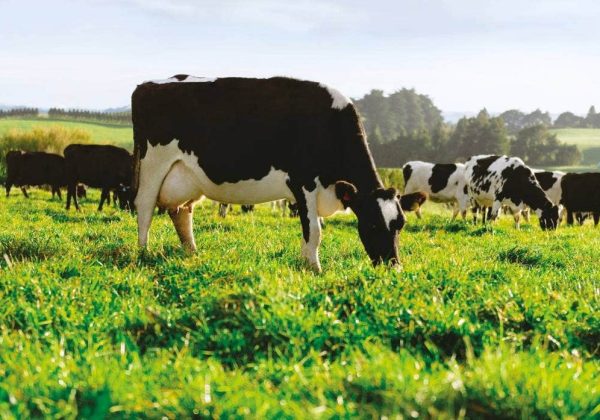
Guy Trafford finds that New Zealand’s pastoral base is being eroded, not just by pine forests, but also by lower production, fewer productivity inputs, and now by inflation and interest rate rises
With the rocketing up of the OCR this past week (up +0.75% to 4.25%) everybody’s interest rates are going to increase; farming is not being excluded.
Given that farming has worn the brunt of inflationary pressures so far, the additional increases in interest rates are going to be very unwelcome.
Looking at the agricultural sector as a group they have managed to constrain borrowing reasonably well in the last 5 or more years. Reasons for this no doubt vary across the various ag sectors but in the past, it was driven largely by dairy land purchases, conversions and increasing herd sizes with associated infrastructure. In the last five years or so herd numbers have decreased by about 5%.
Cow numbers have also shown a decrease over the same period (2021 had a small lift no doubt driven by the record pay-outs).
Read More here...
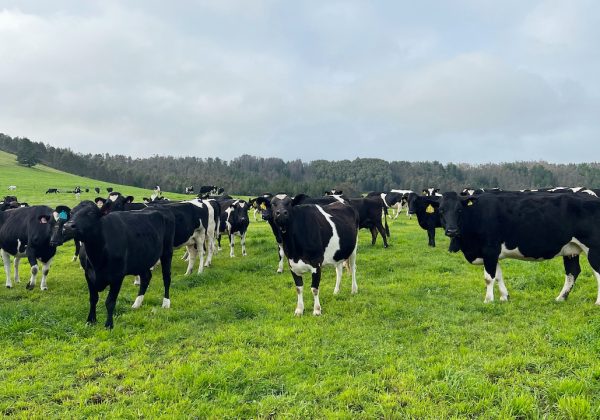
Rabobank analyst Angus Gidley-Baird assesses the prospects for beef marketing globally in light of a shortage developing in the US, and the outlook for New Zealand supply to fill that demand
The US – the world’s second-largest importer of beef after China – is likely to be looking for even more beef from global markets over the next three years, as its own domestic production declines, Rabobank says in a newly-released report.
And – while New Zealand is among the major global beef exporters that could help fill the gap – its own supply constraints mean it will be challenged to find additional export volumes.
Indeed, the report says, with production constraints in many of the world’s beef- producing nations, international markets will struggle to meet the gap left by the US contraction, potentially leading to an increase in global beef prices and the redistribution of trade volumes. Although the impact of slowing economic conditions and waning consumer confidence around the world may also soften global demand, it notes.
Read More here…
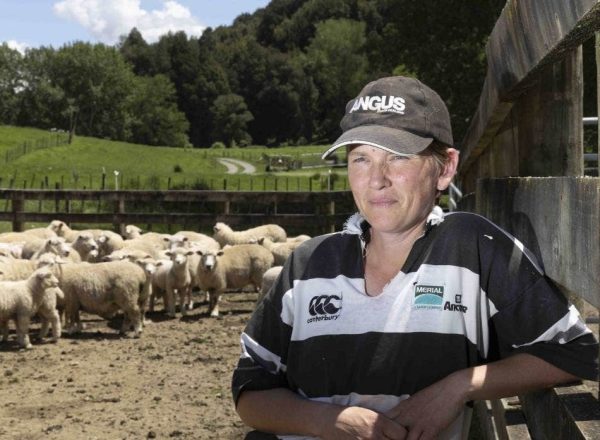
Farmers fear forestry threat as ‘phenomenal’ change keeps coming
Farmers reeling from the pace of change fear forestry could cut a swathe through rural communities.
King Country sheep and beef farmer Natasha Cave says the latest Government proposal for farm greenhouse gas levies is another nail in the coffin, and she worries about the stress on her community.
The prime farming area around Aria is already dealing with the aftermath of a severe drought, Covid disruption to meatworks and rising interest rates. Locals are concerned that pine forestry, in a boom fuelled by the Emissions Trading Scheme, will take over tracts of land.
Cave wrote an open letter to Prime Minister Jacinda Ardern almost a year ago describing a “never-ending deluge of regulation, paperwork and more costs that keep coming at us at a phenomenal rate of knots”.
In the letter, she also said it was “soul destroying” that a farm in the area had been sold to trees for carbon.
Read More here…
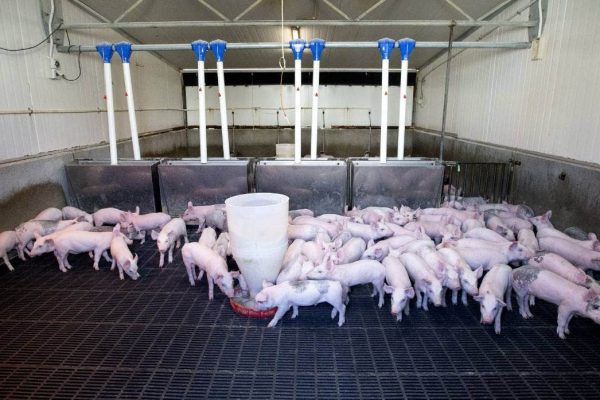
Pig farmers concerned banks won’t finance expensive upgrades for new animal welfare standards
Pig farmers are concerned banks won’t finance costly pig housing upgrades to meet proposed animal welfare standards.
The pig industry was at odds with the National Animal Welfare Advisory Committee (Nawac) about a draft welfare code for pigs that proposed larger housing for pigs.
Nawac had proposed changes to the use of farrowing crates, where sows were kept before, during and after giving birth. It also proposed changes to the size of grower pig housing.
NZ Pork chief executive Brent Kleiss said the average pig farm faced upgrade costs of about $2m.
Larger farms faced costs of up to $20 million, he said.
Read More here…
Australia
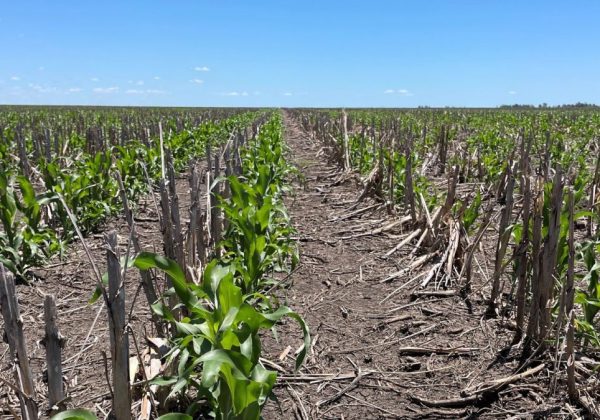
Cotton interest limits sorghum area as planting advances
FLOODING and later-than-average paddock preparation have delayed sorghum planting in most areas, with southern Queensland growers leading New South Wales on progress to date.
Attractive prices and strong water availability has meant that cotton is competing with sorghum for area.
However, at this stage, sorghum hectares are still expected to reach average levels.
If rain falls at the optimum times, there could also be an opportunity for late-planted or double-cropped sorghum in northern NSW and southern Queensland, that could work to bump up the final tonnage.
Southern Queensland advanced
Planting of the early sorghum is progressing well in the Darling and Eastern Downs, according to AgForce Grains president and Warra grower Brendan Taylor.
Read more here
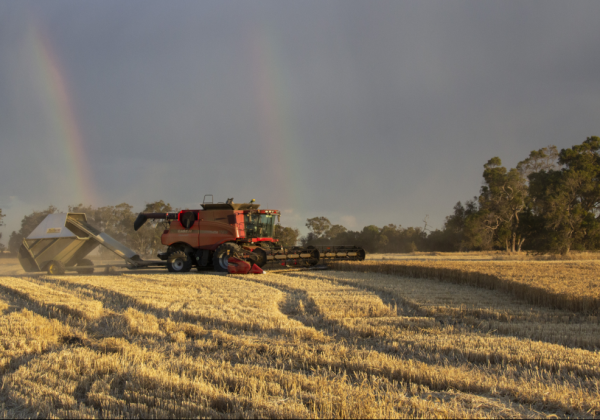
New help for WA grain growers to cut emissions
WESTERN Australian grain growers now have access to valuable, industry-specific data to help calculate on-farm greenhouse gas (GHG) emissions and confidently assess their enterprise’s on-farm carbon footprint.
The data was captured by the Carbon Neutral Grain Pilot Project, a collaboration between the Department of Primary Industries and Regional Development (DPIRD), Co-operative Bulk Handling Group (CBH Group) and Wide Open Agriculture.
In 2020-21 the project collected GHG emissions from 36 cropping enterprises throughout the Wheatbelt that grew wheat, barley, canola, oats and lupins – comprising 152,000 hectares and a total of 417,000 tonnes of grain.
DPIRD senior development officer Mandy Curnow said the data would assist growers to understand the likely emissions from their enterprise to help measure and adapt their operations to meet market demands and build more sustainable businesses.
Read more here …
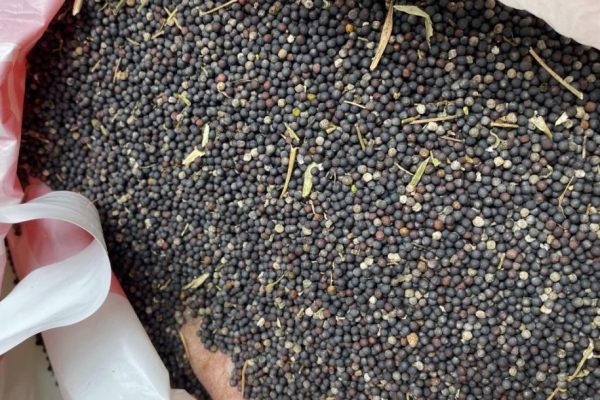
Canola grades open to capture mouldy seed
THE Australian Oilseeds Federation (AOF) has responded to industry queries regarding impacts of the wet season on canola quality in New South Wales and Victoria, and established two segregations with a tolerance for mouldy seed.
The seasonal standard of CSO1 (S) and CSO1a (S) both accept deliveries with the appearance of mould at 40 seeds per 1000, compared with the benchmark CSO1 and CSO1a grades which have maximum tolerance at 5 seeds per 1000.
Following yesterday’s announcement, segregations are live as of today.
In a statement, AOF executive officer Nick Goddard said the new segregations have come about following consultation with domestic crushers, exporters and bulk handlers to ascertain the extent of the quality impacts, and to assess options for dealing with weather-impacted canola.
Read mpore here…
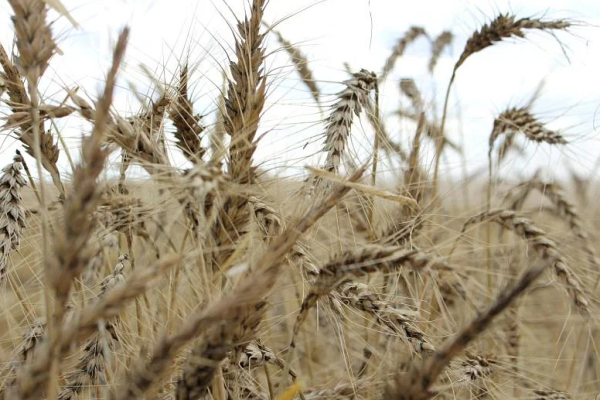
Floods in Australia threaten wheat supply for bread and noodles
SYDNEY – Flooding in eastern Australia is hurting the quality of the wheat harvest in one of the world’s biggest exporters, worsening a global shortage of the high-grade variety used to make bread and ramen noodles.
That is going to put a damper on the international wheat market which was counting on a bumper harvest from Australia to ease tight inventories and cool food costs.
While the crop is still likely to be a large one, torrential downpours and floods could turn an unusually hefty chunk of the harvest into grain fit only for animal feed, and reduce the quantity that is suitable for milling into flour.
The quality worries are evident in the widening premium for eastern milling wheat over the feed variety, which hit a record high this month.
Read more here…
South America
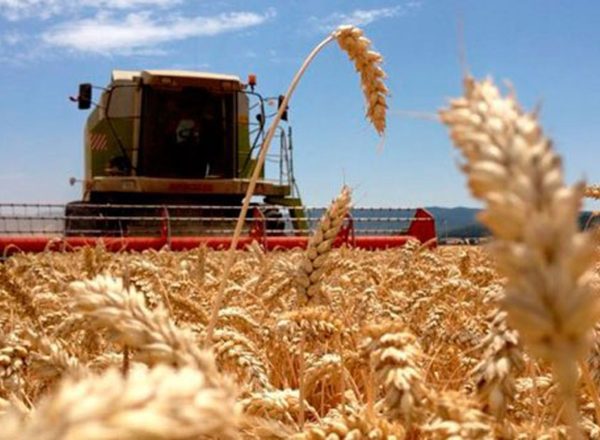
With Argentine wheat crop failing, Brazil appeals to Russian grain, but it has its problems
A severe drought, followed by several episodes of frost, is expected to reduce Argentine wheat harvest by 40% from initial estimates to around 11/12 million tons, which is expected to have an impact on the Mercosur partner Brazil.
Brazil traditionally purchases some 6 million tons of high quality wheat from its neighbor in the south, but market analysts are now anticipating that Brazilian mills, especially those in the Northeast, will need to resort to other suppliers, such as Russia, the US or EU.
Although forecasts pointed to an increase in Brazilian imports from other countries as early as May 2023, some mills in the Northeast have already taken action by purchasing wheat from Russia. Some seven vessels with Russian grains are expected in the coming months.
“The crop failure has already caused the price of Argentine wheat to rise at an unusually unfavorable time, close to the harvest. Thus, mills in the Northeast started to buy Russian grain, which is cheaper,” says Christian Saigh, vice president of the Wheat Industry Union of São Paulo (Sindustrigo).
Read more here…
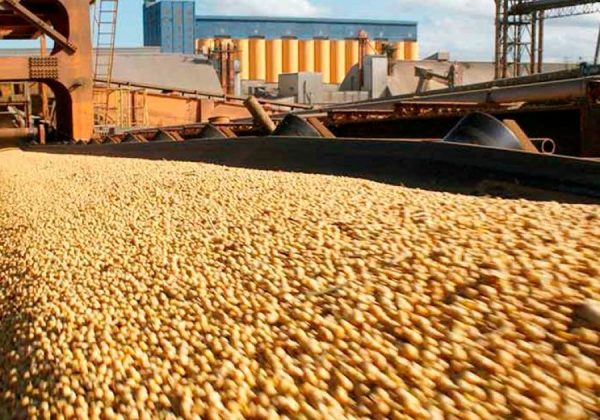
Brazilian agriculture record sales; China main client, soy and beef leading exports
Brazilian agribusiness exports reached a record of US$ 136.10 billion in the first ten months of 2022, which represents a 33.0% increase in value over the same period in 2021, according to the country’s official foreign trade office. China remained as the leading destination for Brazilian commodities, purchasing US$ 45.28 billion, equivalent to 33.3% of total exports Brazilian agriculture.
In percentage terms, Chinese participation in Brazilian exports fell slightly in the first ten months of this year, compared to 36.3% in the same period last year. Despite this, revenue from shipments to the Chinese market far exceeded the total value of exports to the group of the ten major destination countries for Brazilian agricultural products.
According to data released by the Ministry of Agriculture, the increase in sales of soybeans was the main driving force for the historical record in exports to China, which had a growth of 21.8% in the period.
Read more here
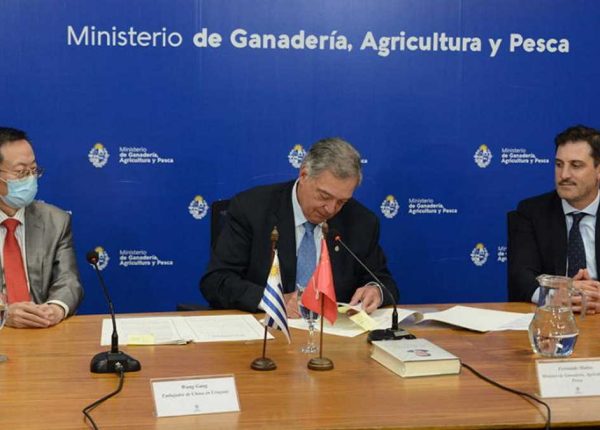
Uruguay will be able to export sorghum to China for human and animal consumption
The head of Livestock, Agriculture and Fisheries, Fernando Mattos, signed November 22, with the ambassador of the People’s Republic of China, Wang Gang, the protocol of phytosanitary requirements for the export of sorghum from Uruguay to China, which enables the sale of that grain.
“It is a very important step for Uruguayan agriculture, consolidating exports to the world’s largest importer of this product,” the minister emphasized.
Mattos was accompanied at the conference held at the headquarters of the Ministry of Livestock, Agriculture and Fisheries (MGAP), the general director of Agricultural Services of the organization, Leonardo Olivera; the head of International Affairs, Adriana Lupinacci, and the representative of Bilateral Economic Affairs of the Ministry of Foreign Affairs, Rafael Villamor.
The Secretary of State expressed that the agreed protocol will allow the diversification of sorghum production in Uruguay because it is a product that can be grown in different areas of the country. He added that the grain will be exported for animal and human consumption.
Read more here
Food Updates

What direction is plant-based foods moving?
According to the Intelligence Brief from Chicago-based firm PreScouter, the demand for plant-based foods is still climbing and should reach $15.6 billion by the end of 2026.
Covid has been a key accelerator for the category, fuelling a demand for healthier foods. With many perceiving plant-based to be a ‘good-for-you’ choice, the pandemic saw the global market CAGR for plant-base rise from 14.1 to 17.4 percent between 2018 and 2021. In fact, all segments of plant-based (from meat alternatives to drinks) witnessed an uptick, with tofu and tempeh being the only exceptions.
In the US, 57 percent of US consumers say they are actively purchasing plant-based proteins due to perceived health benefits and 42 percent claim it’s because these alternative proteins taste good. This is an interesting finding, considering texture and taste to have previously been regarded as two limitations to plant-based adoption.
Read more here

Drinking coffee has health benefits
The study was carried out by the European Federation of the Associations of Dietitians (EFAD) and was supported by the Institute for Scientific Information on Coffee (ISIC).
The popularity of coffee
Coffee is a beverage prepared from roasted beans and is one of the three most popular drinks in the world. The drink contains caffeine which is natural stimulant that increases activity in the brain and nervous system.
Read more here…

Independent food and beverage sector seeks Government support
Food from England has called on the Government in a letter to support England’s independent food and drink sector amid cost-of-living crisis.
Food From England (FFE), a national platform made up of 26 food and beverage organisations, has issued an urgent letter to Rishi Sunak, the UK’s Prime Minister, and all UK MP’s seeking support for the sector in relation to the cost-of-living crisis.
New Food recently reported that up to a third of hospitality businesses could go bust by 2023 due to the economic difficulties relating to the cost-of-living crisis. What’s more, in October 2022, food inflation hit a 45 year high in the UK, resulting in a variety of challenges for the sector.
Hoping to act as the voice for over 43,000 local growers, producers, retailers and hospitality businesses in the food and beverage industry, FFE has urged the Government to take action in the following areas:
Read more here…

Meat is not as bad for you after all, new study shows
Eating meat is not as bad for your health as previously thought, new research shows.
The study, published in Nature and approved by the University of Washington in the United States, revisited decades of research and showed the evidence that eating unprocessed red meat lead to colorectal cancer, breast cancer, type 2 diabetes and ischemic heart disease, was weak.
It also found no association between eating unprocessed red meat and ischemic stroke or haemorrhagic stroke.
Previous studies had drawn direct links between eating meat and those diseases and conditions, and had led organisations like the World Health Organisation, the World Cancer Research Fund and the EAT-Lancet Commission to recommend limiting red meat intake.
Read more here…


